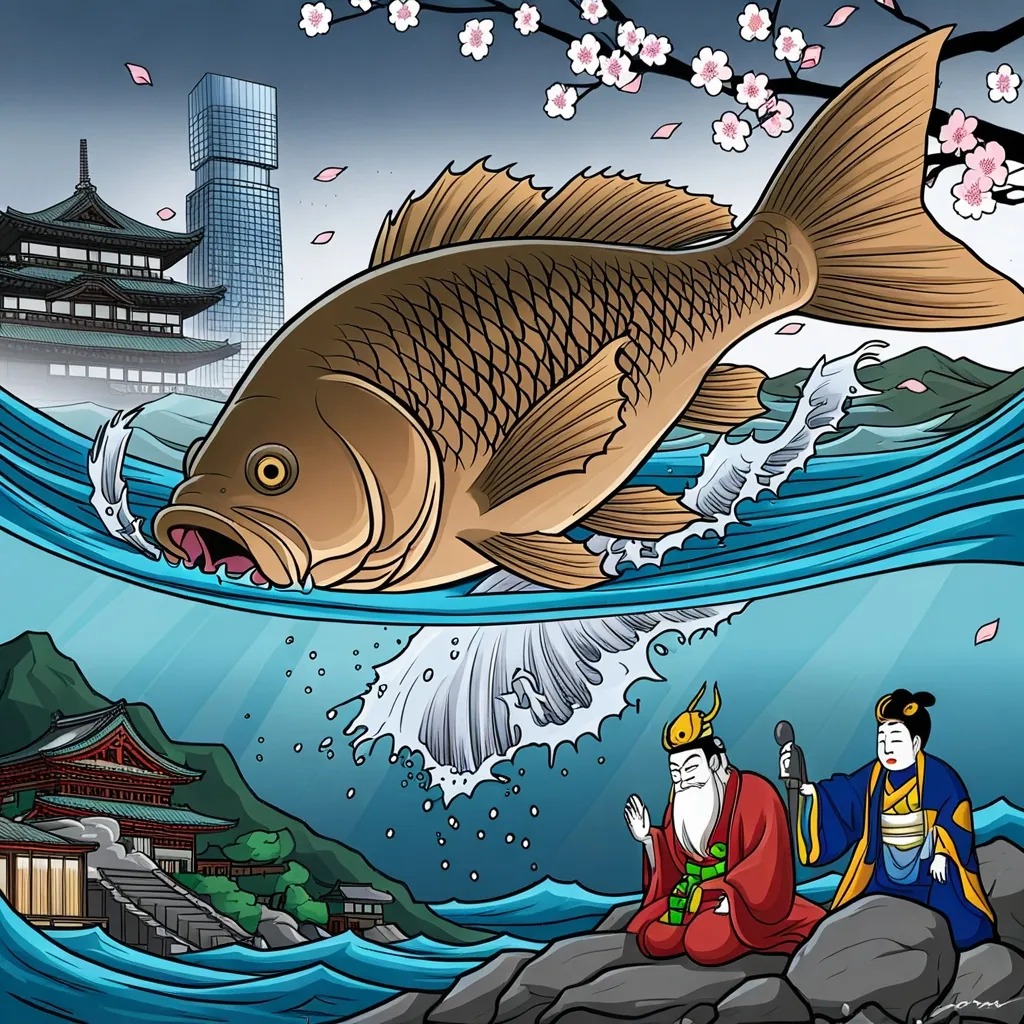The Lost Masterpiece: Uncovering the First Animated Feature Film
When you think about the birth of animated movies, your mind probably jumps to Walt Disney and Snow White. But hold onto your popcorn, because there’s a plot twist in this story that’ll knock your socks off.
Picture this: It’s 1917, and while the world is caught up in the chaos of World War I, a guy named Quirino Cristiani is busy creating cinematic history in Argentina. Yep, you heard that right – Argentina. Cristiani, along with his buddy Federico Valle, dropped a bombshell on the film world with “El Apóstol” (The Apostle), beating Disney to the punch by a whopping 20 years.
Now, “El Apóstol” wasn’t your run-of-the-mill cartoon. This bad boy was a full-on political roast, taking aim at Argentina’s president, Hipólito Yrigoyen. Imagine a movie where the president dreams he’s cleaning up Buenos Aires by literally setting it on fire. Talk about a hot take on politics!
Cristiani wasn’t messing around with his animation techniques either. He used paper cut-out puppets with movable parts, a method that was as painstaking as it was genius. It allowed for a level of detail that was mind-blowing for its time. And to add some extra zing, he got a popular cartoonist, Diógenes Taborda, to design the characters. It was like the Avengers of Argentine animation coming together.
The film was an instant hit. It played in one cinema in Buenos Aires for six months straight, with seven screenings a day. People couldn’t get enough of it. But, as with many great works of art that push boundaries, “El Apóstol” soon found itself in hot water. The powers that be weren’t too thrilled about being the butt of the joke, and the film got the boot from the Buenos Aires town council.
But here’s where the story takes a tragic turn. In 1926, a fire at Valle’s studio turned “El Apóstol” into ashes. Just like that, poof! The world’s first animated feature film was gone. It’s like losing the animation world’s Mona Lisa. All we have left are some flyers and character designs – scraps of evidence of this groundbreaking work.
Cristiani’s journey didn’t end there, though. He tried to follow up with another film, “Sin Dejar Rastros” (Without a Trace), but it got confiscated. Talk about life imitating art! The 1920s weren’t kind to our animation pioneer. While Hollywood was churning out escapist fantasies, Cristiani found himself translating American films into Spanish. Not exactly the glamorous life of a cinematic trailblazer.
But Cristiani wasn’t done yet. In 1931, he bounced back with “Peludópolis,” which added sound to the mix. It was like he was determined to keep making history. Sadly, this film, along with most of his work, went up in smoke in fires in 1958 and 1961. It’s like the universe had a grudge against preserving his legacy.
Today, we’re left with tantalizing fragments of Cristiani’s work. There’s a reel about the making of “Peludópolis” and some footage of the man himself showing off his animation skills in his later years. It’s like finding a few puzzle pieces of a masterpiece and trying to imagine the whole picture.
The tale of “El Apóstol” isn’t just about a lost film; it’s a testament to the audacity and creativity of early animators. These guys were the punk rockers of their time, pushing boundaries and taking risks. Cristiani used animation to tackle complex social and political issues, something that’s still relevant today.
It’s easy to forget that animation isn’t just about cute talking animals and princesses. “El Apóstol” reminds us that this medium can be a powerful tool for satire and commentary. As Oscar Grillo, a veteran animator, once said, modern animation often plays it safe compared to the daring spirit of pioneers like Cristiani.
The loss of “El Apóstol” is a wake-up call about preserving our cinematic heritage. So many early films have disappeared due to fires, decay, or plain old neglect. It’s not just about saving old reels; it’s about honoring the innovators who laid the groundwork for the films we love today.
Think about it – how many other cinematic gems are out there, lost to time? It’s like we’re film archaeologists, piecing together the history of cinema from fragments and stories. The few surviving frames from other lost works, like “Creation” by Pinto Colvig, are like precious artifacts, giving us a glimpse into a world we can barely imagine.
The story of “El Apóstol” is more than just a footnote in animation history. It’s a tale of innovation, creativity, and the challenges faced by those who dared to dream big. Cristiani and his team were working without a roadmap, inventing techniques and pushing the boundaries of what was possible.
Imagine the guts it took to create a feature-length animated film in 1917. There was no template, no guidebook. Cristiani and his team were making it up as they went along. They were the original animation hackers, figuring out how to bring their visions to life with whatever tools they had at hand.
And let’s not forget the political courage it took to create a satirical film about the sitting president. In an era when censorship was the norm, Cristiani was throwing caution to the wind. He was using his art not just to entertain, but to provoke thought and challenge the status quo.
The legacy of “El Apóstol” lives on, not in celluloid, but in the spirit it represents. It’s a reminder that animation can be a powerful medium for adult themes and complex ideas. In a world where animation is often pigeonholed as kids’ stuff, Cristiani’s work stands as a challenge to push the boundaries.
Think about how animation is used today. Sure, we have our share of family-friendly blockbusters, but we also have works that tackle serious themes. Films like “Persepolis” or “Waltz with Bashir” carry on the tradition that Cristiani started, using animation to explore complex social and political issues.
The loss of “El Apóstol” also highlights the fragility of our cultural heritage. In an age of digital preservation, it’s easy to forget how easily works of art can be lost. Every time an old film disappears, we lose a piece of our collective history. It’s not just about the movies themselves, but about understanding where we came from and how we got here.
Cristiani’s story is a reminder of the importance of recognizing and preserving the work of pioneers. It’s easy to focus on the big names and the successful franchises, but there’s a whole world of innovation and creativity that often goes unrecognized.
Imagine if we had “El Apóstol” today. What would we learn from it? How would it change our understanding of animation history? These are questions we can only speculate about, but they underscore the importance of preserving and studying our cinematic past.
The rediscovery of Cristiani’s work through documentaries like “Quirino Cristiani: The Mystery of the First Animated Movies” is a step in the right direction. It’s about giving credit where it’s due and acknowledging the contributions of those who came before us.
In the end, the story of “El Apóstol” is a bittersweet one. It’s a tale of triumph and loss, of innovation and forgotten legacy. But it’s also a story that continues to inspire and educate. It reminds us of the power of animation to tell complex stories and address societal issues.
As we look to the future of animation, we would do well to remember the spirit of pioneers like Quirino Cristiani. Their willingness to take risks, to push boundaries, and to use their art as a form of expression and commentary is something we should aspire to.
The legend of “El Apóstol” may be about a lost film, but its legacy is very much alive. It challenges us to think about what animation can be, to preserve our cinematic heritage, and to never stop pushing the boundaries of what’s possible. In a world where so much of our past is forgotten or lost, stories like this remind us of the importance of remembering and honoring those who paved the way.
So the next time you watch an animated film, take a moment to think about Quirino Cristiani and “El Apóstol.” Remember that behind every frame is a history of innovation, creativity, and daring. And who knows? Maybe somewhere out there, in an attic or a forgotten film canister, a copy of “El Apóstol” is waiting to be rediscovered, ready to rewrite animation history once again.






